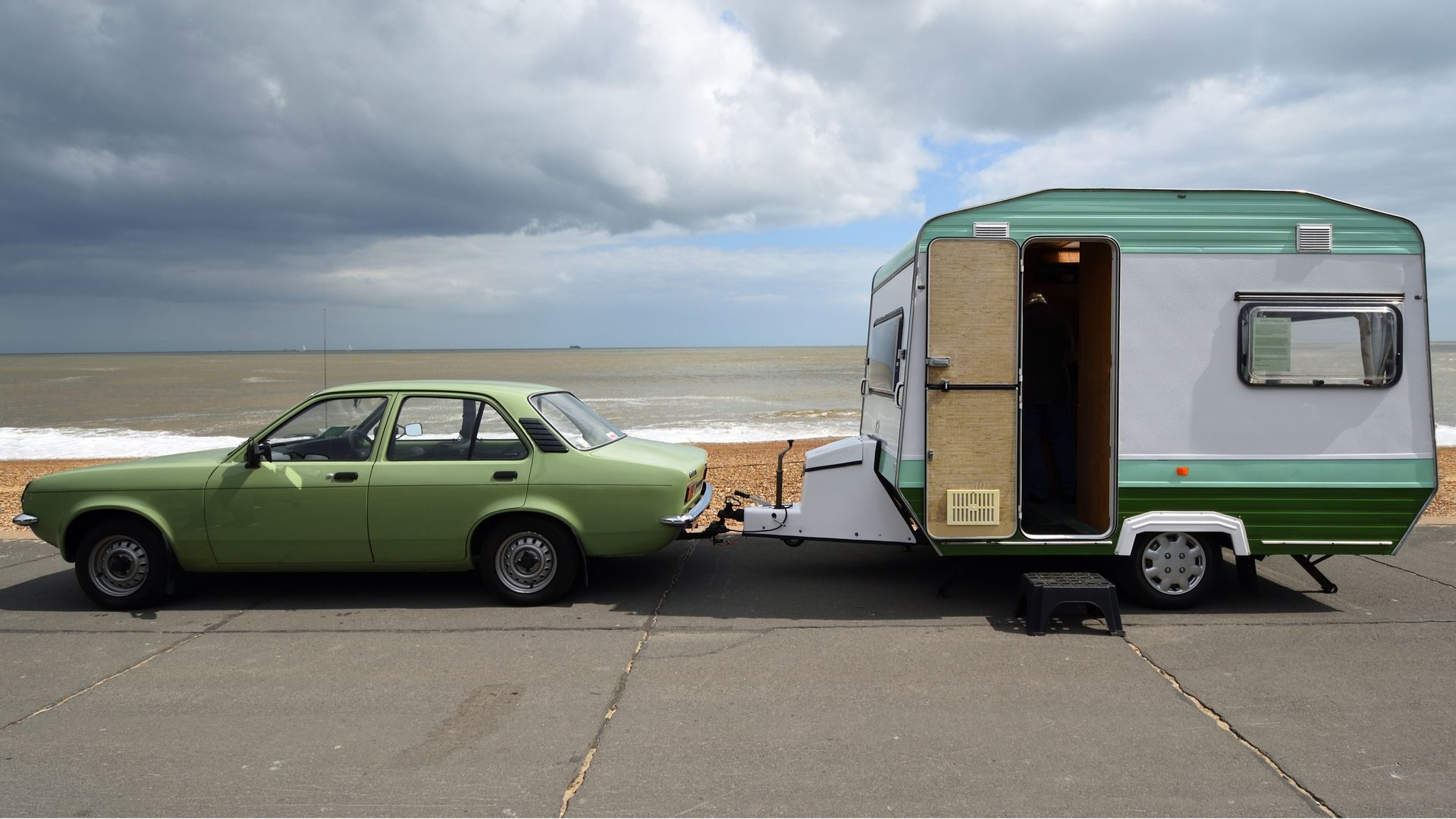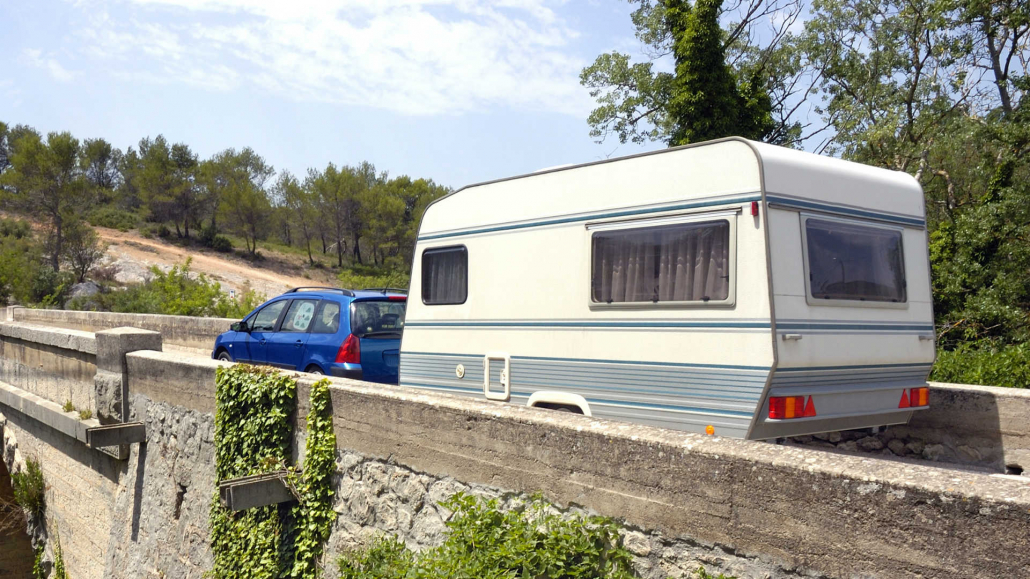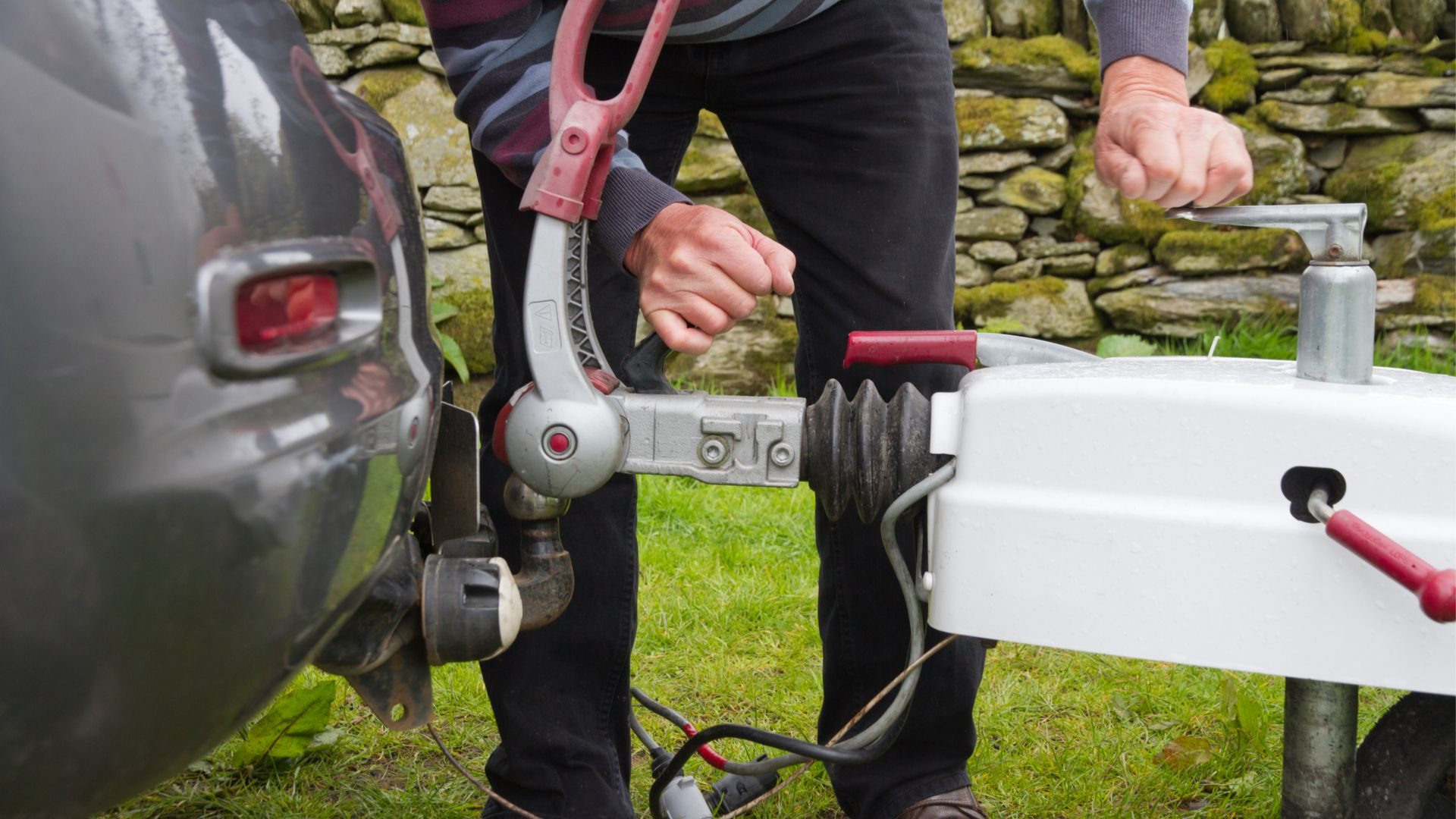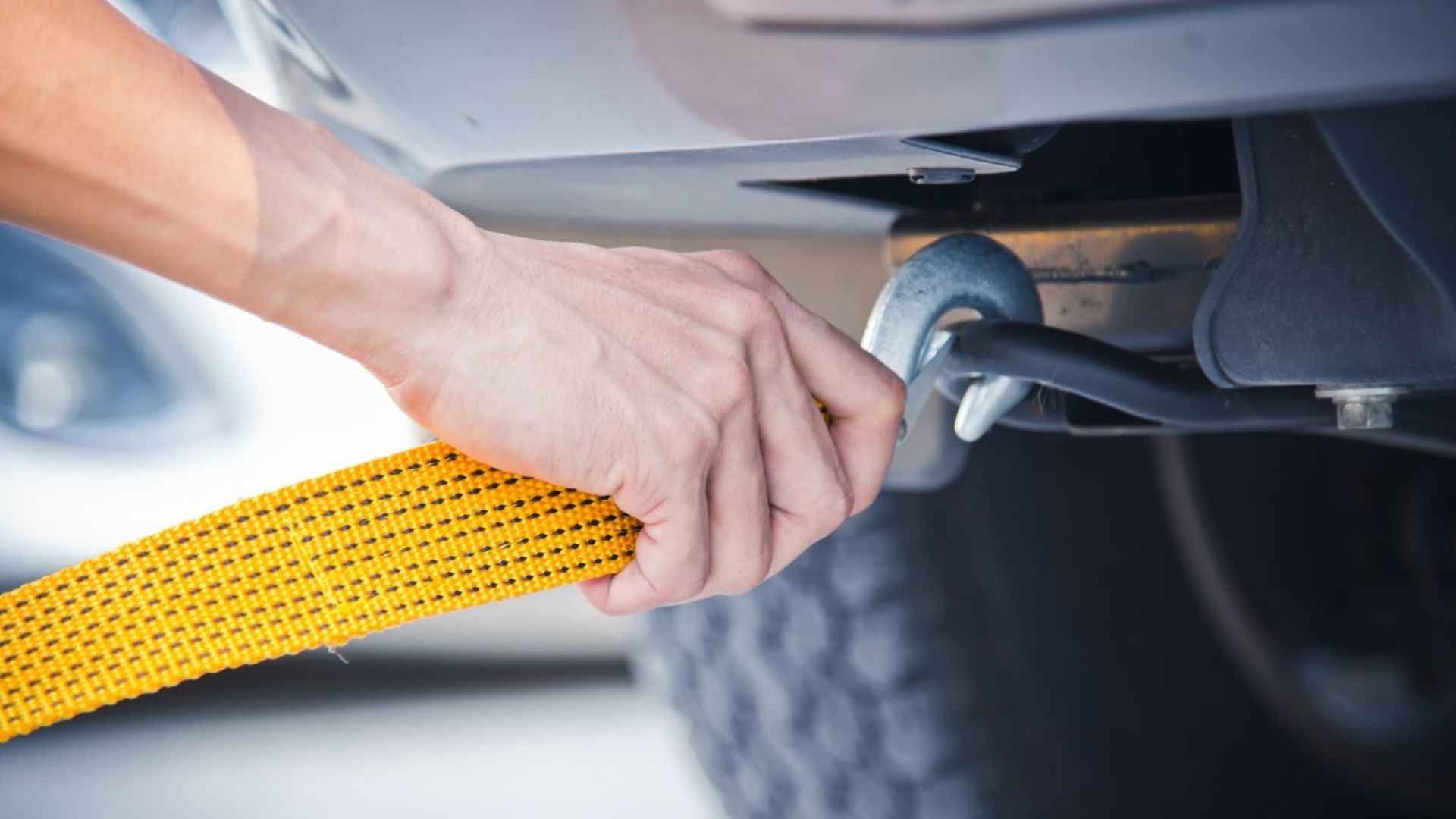
There are around 4,000 incidents a year on UK roads that involve cars towing a trailer, according to Highways England.
Drivers are advised to ensure they have the correct licence and insurance to tow, as well as checking the vehicle is connected correctly and the load is secure.
Here, we detail the essential safety checks you should make before towing a caravan, trailer or horsebox, followed by those for towing another car.
‘Preventable mistakes’

Many towing incidents and accidents are caused by preventable mistakes, says Highways England. These include:
- A poorly loaded trailer
- An overloaded trailer
- Insufficient nose weight
- A load too heavy for the car’s towing capacity
- Driving too fast for the conditions
- Serious crosswinds
Highways England’s strategic road safety lead, Stuart Lovatt, said: “Thankfully incidents are very rare, but now is the time to remind motorists of the need to make sure you have carried out proper checks and have loaded the trailer or vehicle correctly.
“We have all sorts travelling on our network including horseboxes, trailer tents and leisure vehicles such as boats and caravans. Our message is really simple, check it before towing it so that everyone gets home safe and well.”
Top tips: how to tow a trailer

Using advice from Highways England, here are some easy-to-follow tips for towing a trailer:
- Reduce the risk of inherent instability. Make sure the outfit is properly matched (i.e. a car suitable for the caravan or trailer load) and that the trailer is correctly loaded, including sufficient nose weight.
- Choose a car and caravan/trailer with stability aids. Don’t rely on them to correct an inherently unstable outfit. However, they will make a safe outfit safer still.
- Drive within the speed limits for towing. This is 60mph on a motorway unless signs state slower. Take particular care when going downhill and/or overtaking to ensure that speed does not build up excessively.
- Reduce speed if conditions are not favourable. For example, if there are crosswinds or heavy rain.
- Keep clear of large vehicles. When passing or being passed by large vehicles such as HGVs, maximise the separation between them and the caravan/trailer by using the available lane width (with due regard for vehicles in other lanes).
- Drive for stability. If instability occurs, do not brake, but instead ease off the accelerator and allow your speed to drop. Let the steering wheel twitch and do not try to steer against the motion of the car. Also, do not try to accelerate to ‘pull the outfit straight’. This is likely to result in instability at an even greater speed.
- Check the causes of instability. Following an instability scare, check all possible contributory factors and address them if possible. Next time, you might not be so lucky.
Top tips: how to tow a car

The above advice also applies to towing a car. However, there are some additional factors to take into account. With help from LeaseCar UK, here are our tips for towing another vehicle:
- Use an ‘On tow’ sign. This must be placed in the back window of the vehicle being towed to make other road users aware.
- Use the right rope or bar. The towing rope or bar used must meet the weight limit of the vehicle being towed. Before attaching the rope/bar, ensure that it has no defects. In order to attach it, you will also need two towing eyes, which are metal hooks located below the car’s bumper.
- Mind the gap. When the vehicle is being towed with just a rope or bar, the maximum distance between the two cars is 4.5 metres. There is no minimum distance, but there must be enough space to avoid any accidental damage (e.g. when braking).
- Switch on the ignition. The ignition of the car being towed should be switched on in order to disable the steering wheel lock. This applies even if the car’s battery is flat. Remember to be careful with vehicles that have power steering, as it will be harder to turn the steering wheel.
- Leave the gearbox in neutral. Cars should be left in neutral when being towed. This is so that the wheels can move freely. If the car is left in gear, the wheels won’t turn properly and this could cause damage to the engine. Also, remember to take the handbrake off before you start.
- Give signals. As well as using indicators and hazard lights, adopting a hand gesture or a horn signal will help the driver behind know when you’re about to come to a stop.
- Steady as you go. For the driver who is towing, accelerating slowly is important to avoid sudden jolts for the driver behind – and prevent damage to the towing rope or bar. Equally, take corners more slowly and wider than usual. This will allow the car behind adequate space and ensure it isn’t drifting into another lane.
- Keep the tension up. The driver who is being towed must keep an eye on the rope at all times. If the rope begins to slacken, gently apply the brakes to reintroduce some tension. Again, this will stop any uncomfortable jolts and snags.
- Automatic and electric cars. Drivers should tow with caution when it comes to automatic or electric vehicles. Electric cars, for example, do not have a neutral position, so when the wheels are turning they are still connected to the motor, which could cause lasting damage. Most breakdown firms use a low-loader lorry to recover EVs. Automatic cars have a similar problem as some cannot assume a neutral position when the car is turned off. If in doubt, refer to the car’s manual.
ALSO READ:
Councils can enforce moving traffic offences from June
Is it illegal to run out of fuel on the motorway?
When Mazda launched five car new brands – and all of them failed